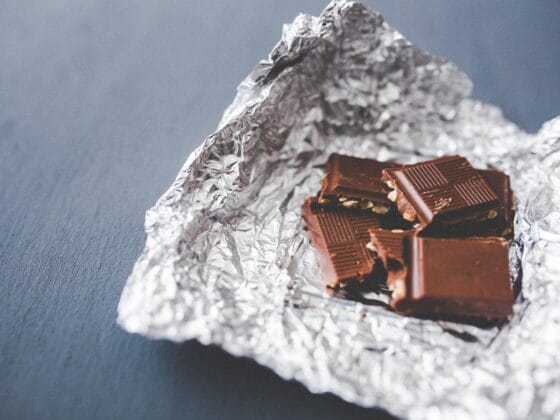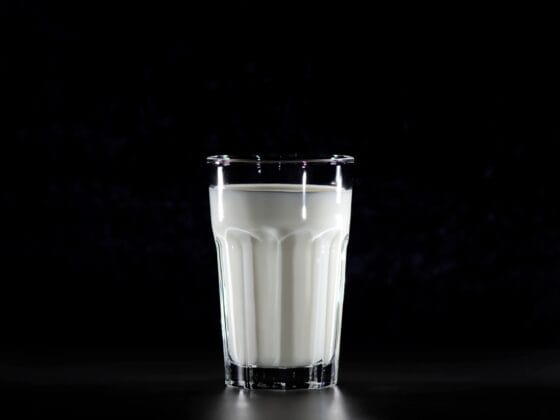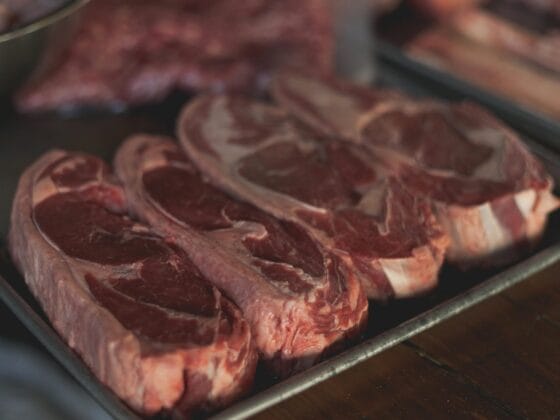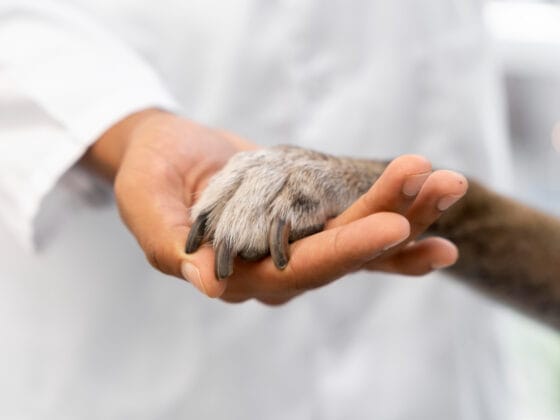The Delicious World of „Ile Pies” in Polish Cuisine
Polish cuisine is known for its rich and hearty dishes, and one of the most beloved and iconic dishes is „ile pies.” This traditional Polish dish has a long history and is deeply rooted in the country’s culinary heritage. In this article, we will explore the origins, ingredients, preparation, and cultural significance of „ile pies” in Polish cuisine.
Origins and History
The term „ile pies” translates to „how many dogs” in English, which may sound peculiar at first. However, the name is derived from an old Polish saying that goes, „Ile pies, tyle kiszki,” meaning „as many dogs, as many sausages.” This saying refers to the practice of using leftover meat, particularly sausages, to create a delicious and hearty dish.
The origins of „ile pies” can be traced back to the 18th century when it was commonly prepared by Polish peasants. They would gather any leftover sausages, bacon, or other meat scraps and combine them with potatoes and onions to create a filling and satisfying meal. This frugal and resourceful approach to cooking has become a defining characteristic of Polish cuisine.
Ingredients and Preparation
The key ingredients in „ile pies” are sausages, potatoes, and onions. The sausages used can vary depending on personal preference and regional variations. Popular choices include kielbasa, a smoked Polish sausage, and kabanosy, a thin and dry sausage. The potatoes are typically diced or sliced, while the onions are finely chopped.
To prepare „ile pies,” start by frying the sausages in a pan until they are browned and cooked through. Remove the sausages from the pan and set them aside. In the same pan, sauté the onions until they are translucent and slightly caramelized. Then, add the potatoes and cook them until they are tender and golden brown.
Once the potatoes are cooked, slice the sausages into bite-sized pieces and add them back to the pan. Mix everything together and season with salt, pepper, and any other desired spices or herbs. Cook for a few more minutes to allow the flavors to meld together.
Cultural Significance
„Ile pies” holds a special place in Polish culture as a symbol of resourcefulness and making the most out of what is available. It represents the ability to create a delicious and satisfying meal using simple and humble ingredients. The dish is often enjoyed during family gatherings, celebrations, and even as a comfort food on cold winter days.
Moreover, „ile pies” showcases the importance of sausages in Polish cuisine. Sausages have been a staple in Polish cuisine for centuries and are deeply ingrained in the country’s culinary traditions. They are often enjoyed in various forms, from grilled sausages during summer barbecues to hearty stews and soups during the winter months.
Examples and Variations
While the basic recipe for „ile pies” remains the same, there are several regional variations and personal twists that can be added to the dish. Some people like to add additional vegetables such as carrots or bell peppers for added flavor and color. Others may choose to incorporate different types of sausages or even mix in leftover meats like roast beef or ham.
In addition to the traditional stovetop preparation, „ile pies” can also be baked in the oven. This method creates a slightly different texture and allows the flavors to meld together even more. The dish can be served as a main course with a side of pickles or sauerkraut, or as a filling topping for pierogi, a popular Polish dumpling.
Summary
„Ile pies” is a delicious and comforting dish that represents the resourcefulness and culinary traditions of Polish cuisine. It originated from the practice of using leftover sausages and other meat scraps to create a hearty meal. The dish is prepared by combining sausages, potatoes, and onions, and can be customized with additional vegetables or meats. „Ile pies” holds cultural significance as a symbol of making the most out of what is available and is enjoyed during family gatherings and celebrations. Whether enjoyed as a main course or as a filling for pierogi, „ile pies” is a beloved and iconic dish in Polish cuisine.








